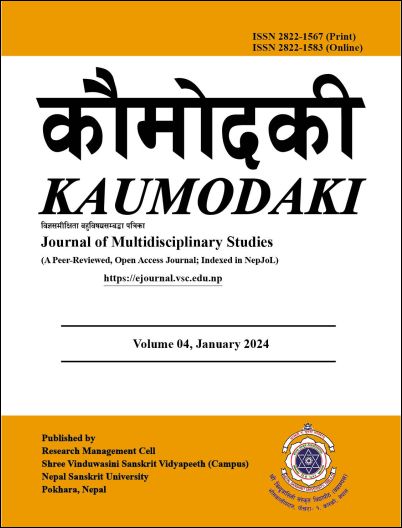The China-US Economic Relationship in the Early 21st Century
DOI:
https://doi.org/10.3126/kdk.v4i1.64575Keywords:
Bilateral trade, China-USA economic relations, foreign policy, international politics, trade imbalanceAbstract
China and the United States are two major economic powers that are currently engaged in trade and are using different strategies to enhance their bilateral relations. The main objective of this research is to analyze the policies and activities that these nations are using to promote and advance their trade relations, which will likely result in financial and political benefits in the long run. This investigation is primarily based on secondary sources such as scientific and scholarly journals, research papers, books, and articles related to the topic at hand. The study comprehensively explores a variety of factors impacting trade relations between China and the United States. This includes examining bilateral treaties, one-phase agreements, the Belt and Road Initiative, the Australia, UK, and US Security Pact, policies aimed at achieving competitive advantage, as well as cooperation in addressing regional and global issues to promote trade relations between the two countries. The trade conflict between the two countries is very serious. According to the study, China and the US pursue many comprehensive and conventional barriers, such as a lack of registered goods in each nation, a rise in trade imbalance, tax disparities, a lack of business ties, the Quad, the conflict in the South China Sea, bilaterally sensitive issues, the Taiwan dispute, and environmental conditions and policies. If both countries could solve these problems then relations between the two countries would be improved in the 21st century.
Downloads
Downloads
Published
How to Cite
Issue
Section
License

This work is licensed under a Creative Commons Attribution-NonCommercial 4.0 International License.
This license enables reusers to distribute, remix, adapt, and build upon the material in any medium or format for noncommercial purposes only, and only so long as attribution is given to the creator.




